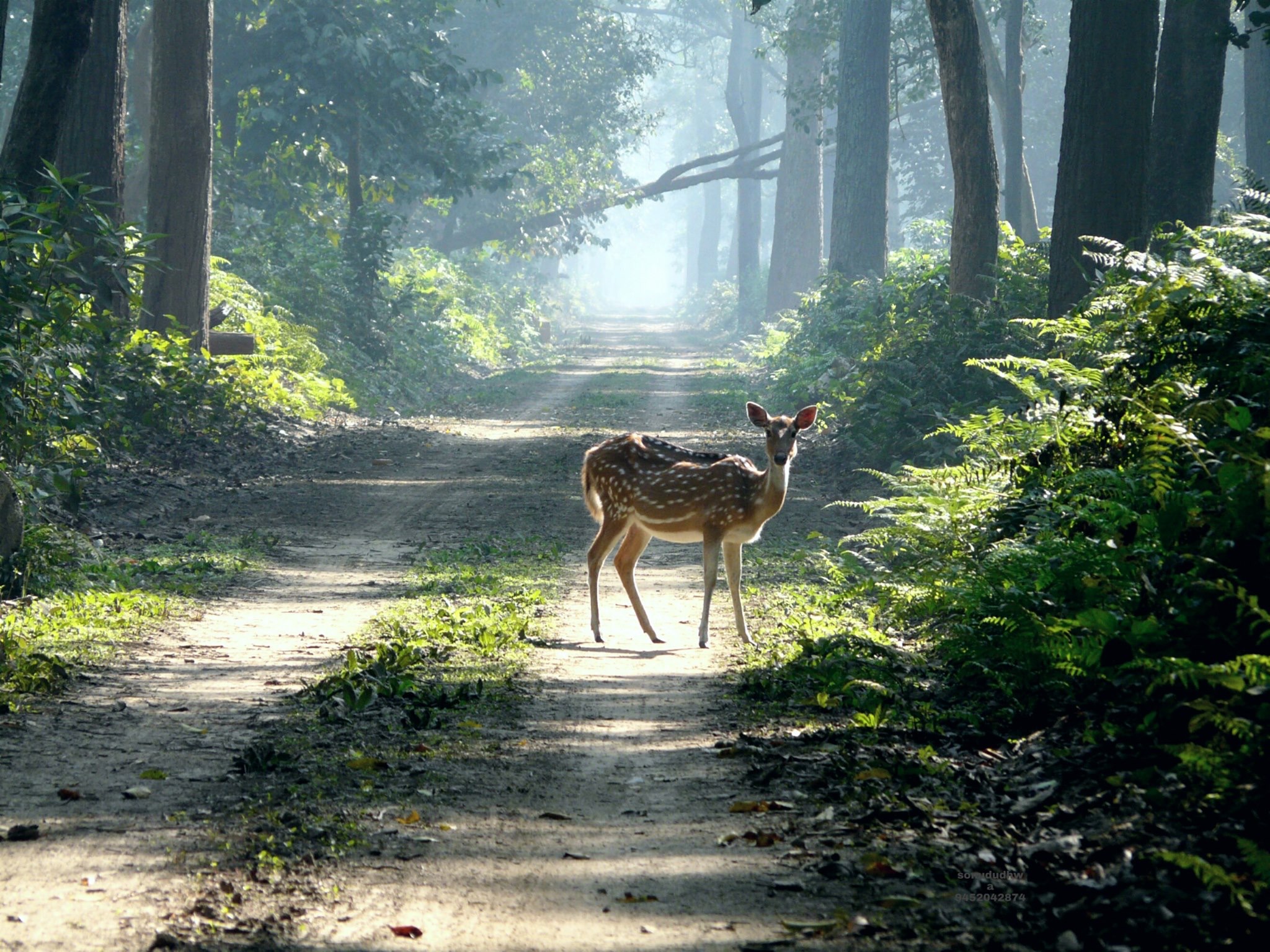the national parks & tiger reserves of madhya pradesh, maharashtra & RAJASTHAN
INDIA - The land of TigerS
Here is where India’s national animal roams like he deserves to. Placed at the apex of the Indian Forest Ecosytem, the Tiger’s presence reflects a viable and healthy ecosystem of creatures in an intricate chain of interdependencies. The forests of Madhya Prdaesh, thus, teem with natural life and thriving ecosystems blessed with rich biodiversity.
Madhya Pradesh has nine National Parks and 25 wildlife sanctuaries. The forests here are a home to diverse flora and fauna and is a refuge for exotic animals tigers, leopards, jackals, wild dogs, wild boar, gaur, grey langur, spotted deer, sambhar, nilgai and the sloth bear.
The handsome Barasingha ( hard ground swamp deer ) is the state animal of Madhya Pradesh and is striking for it’s long antlers – mature stags may have 10 to 14 tines, or more.
Here is where India’s national animal roams like he deserves to. Suitably placed at the apex of the Indian forest ecosystem, the tiger’s presence reflects a viable and healthy ecosystem of creatures in an intricate chain of interdependencies. The forests of Madhya Pradesh, thus, team with natural life and thriving ecosystems blessed with rich biodiversities.
Amid dense forests of sal and teak trees, moist deciduous forests, across sprawling grass meadows and streams and rivulets dwells a magnificent world in one of the most naturally endowed states of India. Madhya Pradesh sprawls across 3, 08,252 sq. km., embracing drier areas to the north and west, and lush forests in its central, eastern and southern regions.
The state is home to more than 450 species of birds, comprising the impressive Asian Paradise Flycatcher, the state bird of Madhya Pradesh as well as Quails, Falcons, Fowls, Parakeets, Cuckoos, Owls, Woodpeckers as well as many migratory birds in habituating ecosystems from water bodies to trees.


